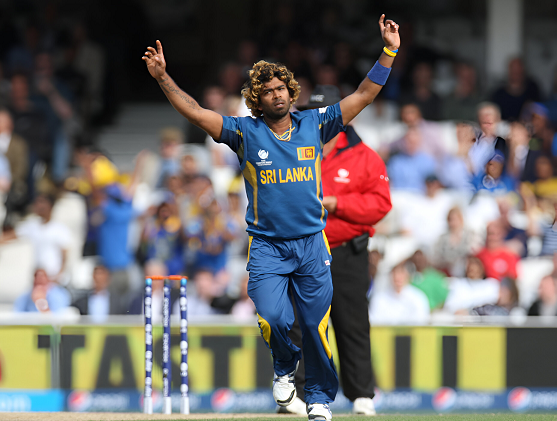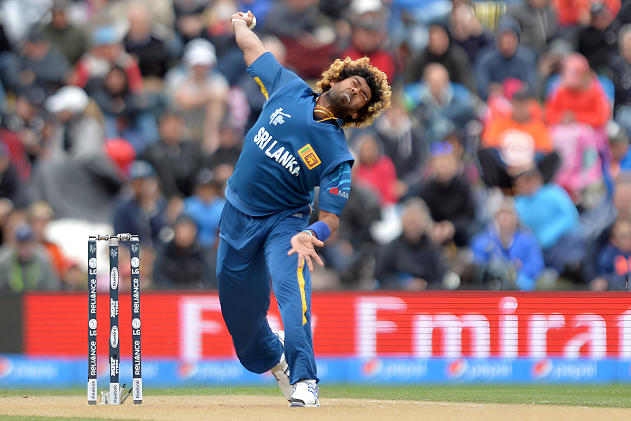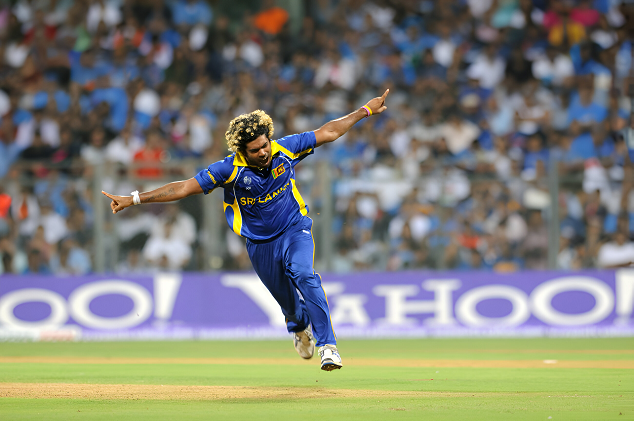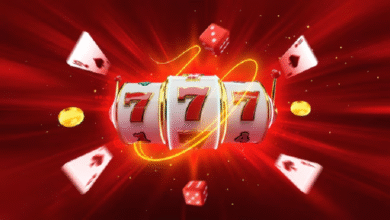How Many Wickets Constitute a Double Hat-Trick? Complete Cricket Guide 2025

Cricket is a game of statistics, records, and incredible achievements. Among them, the term “how many wickets constitute a double hat-trick?” is well known, as it describes a bowler dismissing three consecutive batsmen in three deliveries. But what about a double hat-trick? The phrase has generated curiosity among cricket fans worldwide. Many fans ask:
👉 How many wickets constitute a double hat-trick?
The short answer: a double hat-trick requires four consecutive wickets in four balls. While a hat-trick celebrates three wickets in a row, a double hat-trick extends this feat to an even rarer accomplishment.
This article explains the meaning, history, famous examples, and myths surrounding double hat-tricks in cricket.
Understanding the Concept of Hat-Trick in Cricket
Before diving into a double hat-trick, it’s essential to understand a standard hat-trick.
-
A hat-trick occurs when a bowler dismisses three consecutive batsmen in three legal deliveries.
-
The wickets can span across overs and even innings, as long as the bowler takes them consecutively.
-
It is one of the rarest and most celebrated feats in cricket.
Table: Comparison Between Hat-Trick and Double Hat-Trick
| Term | Number of Wickets | Deliveries | Rarity Level |
|---|---|---|---|
| Hat-Trick | 3 wickets | 3 balls | Rare |
| Double Hat-Trick | 4 wickets | 4 balls | Extremely Rare |
So, How Many Wickets Constitute a Double Hat-Trick?
The answer:
-
A double hat-trick is four consecutive wickets in four consecutive deliveries.
-
Some fans mistakenly believe it means six wickets in six balls (two hat-tricks), but technically, the accepted definition in cricketing terms is four in four.
-
The International Cricket Council (ICC) and most statisticians recognize four in four deliveries as a double hat-trick.
This makes it one of the rarest achievements in cricket.

Is There Such Thing as a Triple Hat-Trick?
Yes. A triple hat-trick would mean five wickets in five consecutive balls, though it is more a theoretical concept than a standard term. In some discussions, cricket lovers even extend the terminology:
-
Triple Hat-Trick = 5 in 5 balls
-
Quadruple Hat-Trick = 6 in 6 balls (also called a “Six-for-Six”)
Historical Origins of the Term “Hat-Trick”
The word hat-trick originates from the 19th century. When a bowler achieved three wickets in a row, he was awarded a hat by teammates or supporters. Over time, the term became official in cricket and spread into other sports.
The double hat-trick, however, evolved as a fan-created term, highlighting the difficulty of four consecutive dismissals.
Famous Double Hat-Tricks in Cricket
Double hat-tricks are extraordinarily rare in international cricket but have occurred in limited-overs, domestic, and youth matches.
International Cricket Instances
-
Lasith Malinga (Sri Lanka, 2007 World Cup vs South Africa)
-
Malinga dismissed four batsmen in four consecutive balls.
-
This remains one of the most iconic double hat-tricks in ODI history.
-
-
Rashid Khan (Afghanistan, 2019 T20I vs Ireland)
-
Rashid claimed four wickets in four balls, becoming one of the few bowlers to achieve this in T20 cricket.
-
-
Curtly Ambrose (West Indies, 1991 Test vs Australia)
-
Ambrose dismantled the Australian top order, though not in four consecutive deliveries, showcasing the rarity of consecutive dismissals.
-
Domestic and Other Matches
-
Several bowlers in domestic leagues, youth cricket, and club matches have claimed four in four, but official recognition varies.
Statistical Rarity of Double Hat-Tricks
Achieving a double hat-trick requires:
-
Precision Bowling – Consistent accuracy across four balls.
-
Match Context – Opponents under pressure, often during collapses.
-
Luck Factor – Edges, umpiring calls, and batsmen’s mistakes.
Table: Likelihood Comparison
| Event | Approximate Frequency (International Level) |
|---|---|
| Century (100 runs) | Common (hundreds each year) |
| Hat-Trick | Rare (few per year globally) |
| Double Hat-Trick (4 in 4) | Extremely Rare (handful in history) |
Double Hat-Trick in Different Formats
1. Test Cricket
Rare due to patient batting and longer format. Bowlers focus on spells rather than consecutive dismissals.
2. One Day Internationals (ODIs)
Possible during death overs, where batsmen attack recklessly. Malinga’s double hat-trick is the best example.
3. T20 Cricket
Most common format for double hat-tricks because batsmen are aggressive, and bowlers rely on variations.
4. Domestic/Club Matches
Higher frequency due to mismatched skill levels between players.
Controversies Around the Definition
Some cricket fans debate the definition:
-
Four in Four = Double Hat-Trick (widely accepted)
-
Six in Six = Double Hat-Trick (two hat-tricks back-to-back)
However, ICC statistics generally favor the four in four definition.

Impact of a Double Hat-Trick on a Match
A double hat-trick is a game-changing event. It:
-
Completely shifts momentum.
-
Breaks partnerships suddenly.
-
Demoralizes the batting side.
-
Lifts the bowler’s reputation.
Training and Skills Required to Achieve It
-
Accurate Yorkers (like Lasith Malinga)
-
Deceptive Variations (slower balls, googlies)
-
Swing and Seam Movement
-
Mental Strength to handle pressure
Famous Bowlers Known for Double Hat-Trick Potential
| Bowler | Country | Known For |
|---|---|---|
| Lasith Malinga | Sri Lanka | Deadly yorkers, achieved ODI double hat-trick |
| Rashid Khan | Afghanistan | T20 magician with variations |
| Chaminda Vaas | Sri Lanka | ODI hat-trick in first over, near double |
| Wasim Akram | Pakistan | Swing bowling legend, multiple hat-tricks |
| Kagiso Rabada | South Africa | Modern pacer with wicket-taking bursts |
Double Hat-Trick vs Other Rare Bowling Feats
| Feat | Description | Rarity |
|---|---|---|
| Hat-Trick | 3 wickets in 3 balls | Rare |
| Double Hat-Trick | 4 wickets in 4 balls | Extremely Rare |
| Five-for | 5 wickets in an innings | Achievable |
| Ten-for | 10 wickets in a match | Historic |
| Six Wickets in an Over | Theoretical maximum | Almost impossible |
FAQs on Double Hat-Trick
1. How many wickets constitute a double hat-trick?
A double hat-trick is achieved by taking four consecutive wickets in four balls.
2. Is a double hat-trick the same as two hat-tricks?
No. Two hat-tricks equal six wickets in six balls, while a double hat-trick is four in four deliveries.
3. Who was the first bowler to take a double hat-trick?
Lasith Malinga is credited as one of the first in international cricket (2007 ODI vs South Africa).
4. Has anyone taken six wickets in six balls?
No bowler has achieved this in recognized international matches.
5. Can a hat-trick continue across overs?
Yes. If a bowler takes a wicket on the last ball of one over and continues with two more in the next, it counts.
6. Is double hat-trick possible in Test cricket?
Yes, but extremely rare due to the defensive nature of batsmen.
7. What is rarer: a double hat-trick or a triple century?
A double hat-trick is rarer compared to a triple century, as very few bowlers have managed four in four balls.
Conclusion
So, how many wickets constitute a double hat-trick? The answer is four wickets in four consecutive deliveries. While a regular hat-trick is already rare, extending it to four dismissals elevates the achievement to legendary status.
From Lasith Malinga’s iconic four in four to Rashid Khan’s brilliance in T20 cricket, the double hat-trick remains one of the most spectacular and unforgettable feats in cricket history.
Cricket lovers continue to debate definitions, but one thing is certain: when a bowler takes four consecutive wickets, the entire stadium erupts, and the moment is remembered forever.




